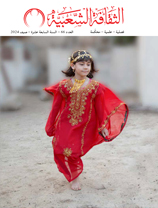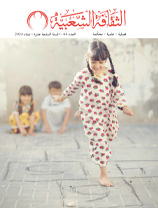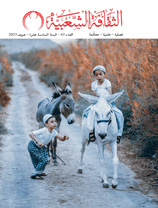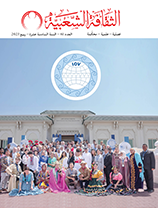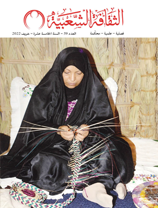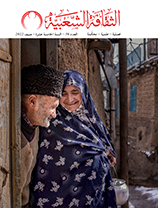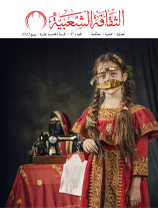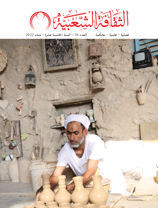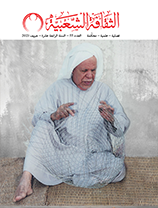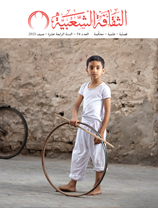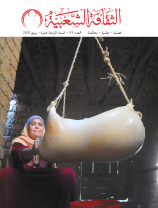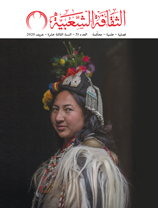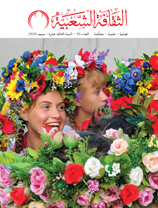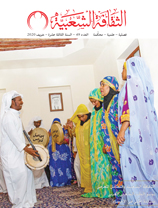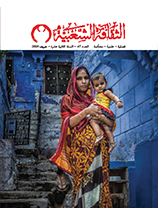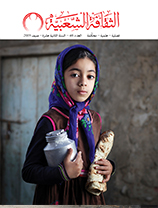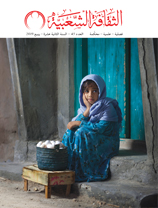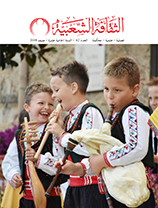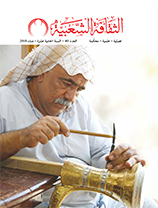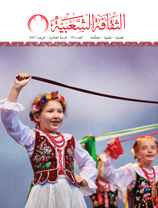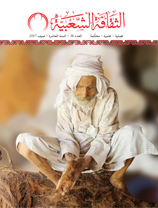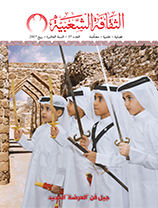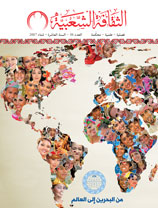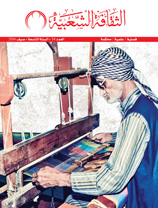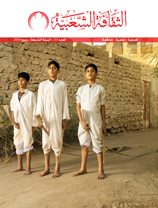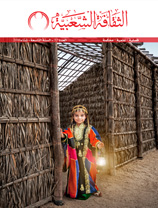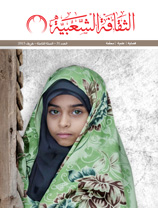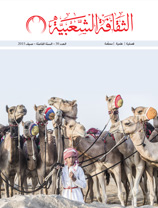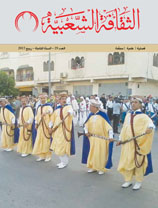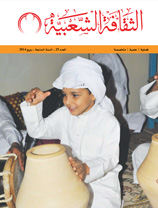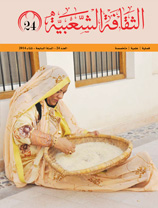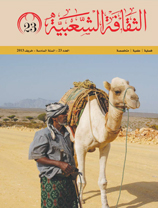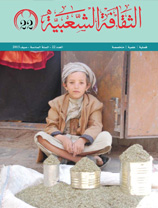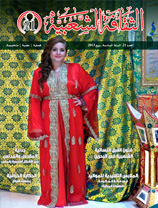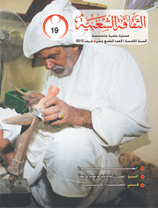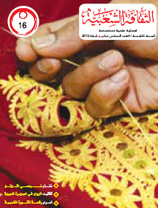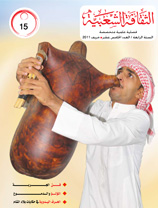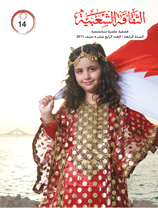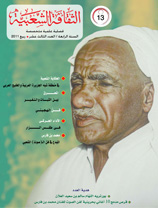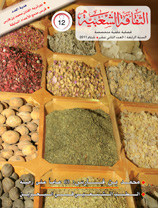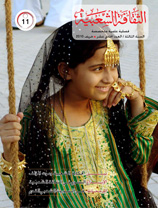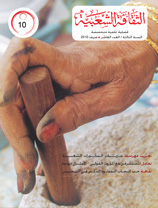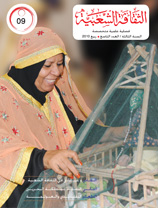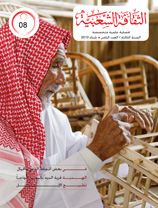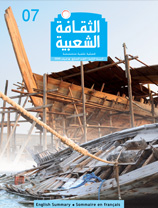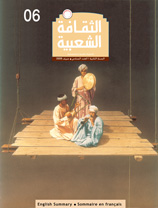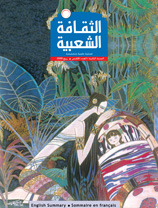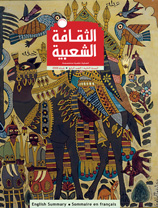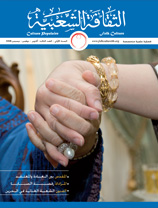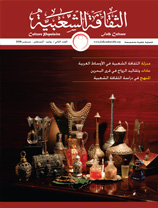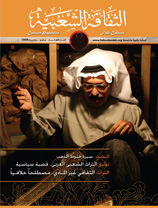Adopting The Folklore In Child Theater
Issue 11
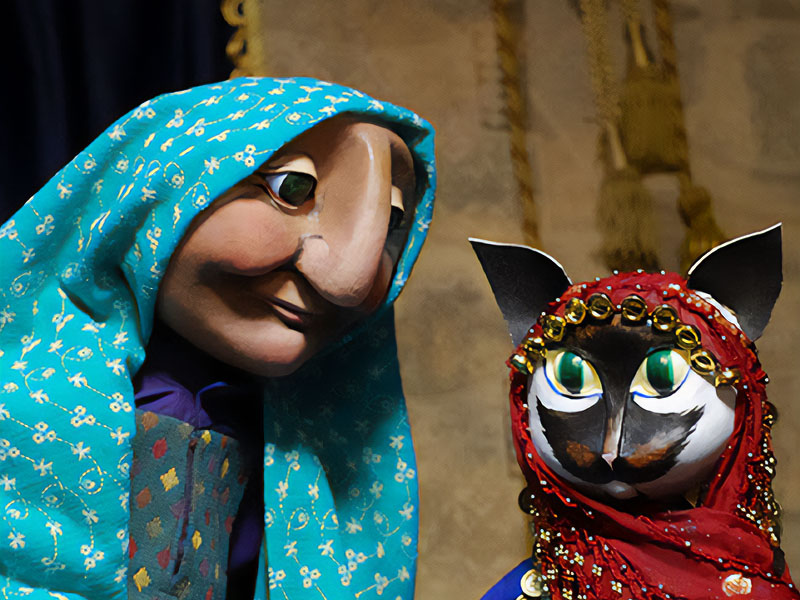
Ahmad Al-Sayad (Egypt)
On the other hand, the child represents the culture of his environment, the values and the customs so as to adopt himself within his society. Furthermore, C.T plays other educational goals help the child for the psychological balance, development and satisfies some of his epistemic needs. The C.T plays also a social role by highlighting social current problems. The child is usually touched by the serious play which has a serious content and message. As far as theater is an outcome of the society, it is inevitably affected by the political, social, cultural and economic changes. Consequently the theater is affected also by any social changes in the social system structure to the extent either to develop this stage or to destroy it. The C.T affects the social system and helps it promote the change through criticizing the system. However, theater generally is inseparable from life, otherwise it is useless and meaningless. So it is essential that the C.T should be related to the social reality and the problems of the child. This theater should also be oriented towards social, cultural and political upbringing. This could be achieved only through addressing these problems. Children as an age group are a very important component of human development. Having that today’s child is tomorrow’s adult, conservative organizations and institutions give a considerable attention for the childhood. Such attention helps remarkably in accelerating economic, social and cultural development. To sum, educational and social institutions should play a very essential role in the guidance and social upbringing of the children. Together with the promotion of the different aspects of their characters in order to have children capable of participating in the process of enlighten, C.T plays a significant role in achieving all these goals. It could also help implement social and political awareness. Creators of C.T have applied the theater as an instrument of change and education. The different genres of folklore, for instance, jinn tales, animal tales and Thousand Nights and a Night, are major sources for the playwright. These genres are appropriate for the application because of the fantasy embodies in its context and which the child enjoys. This content enriches the child’s imagination and helps him to identify himself with the protagonists, who usually carry positive character i s t ics very much colored by the society. The significance of this study based on apprehending the importance of applying folktales in C.T. Such significance is manifested in the major role played by the folktales in the upbringing of the child, socially and psychologically. Not only that, but these folktales frankly address the institution of the children. Certainly the rich and alluring content plays a great role in this respect. This role is achieved by the components in the content, such as fairy tales, fairy characters, fairy times and places. C.T is no longer a luxury. It plays an essential role in the development of the child’s awa reness by social, political and cultural issues.






